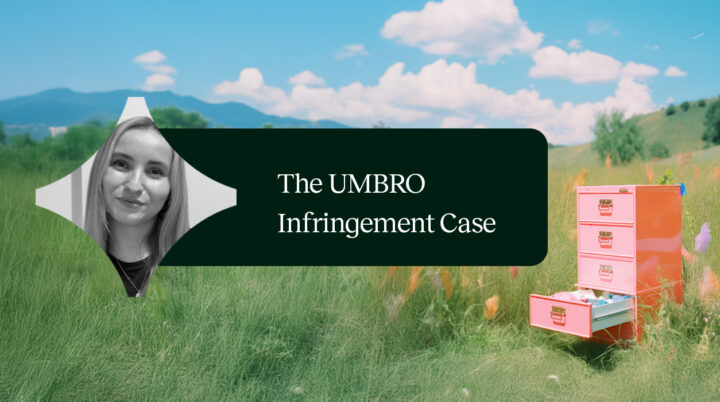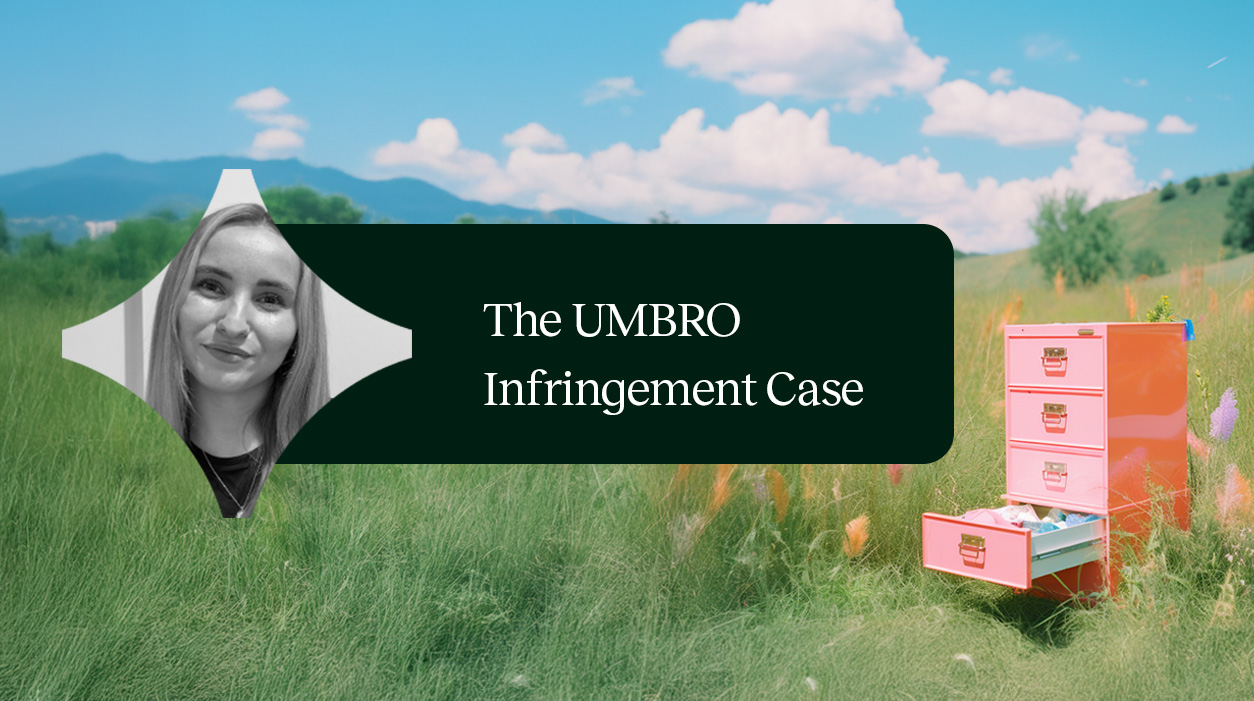“Why would anyone want to infringe on our brand?”
- IP & Trademarks
- Strategy

Users and traffic-to-site is the new gold in the digital era that we live in today.
Unfortunately, there are always people who want to take advantage of your success. Sometimes, it is very “public”, such as producing counterfeit products and selling them on huge (often Asian) marketplaces for a 10% share of their actual price. That is indeed a risky business.
However, there are many other ways to take advantage of your success that are much less risky and visible. This is where we find domain infringements. I am going to tell you more about how this works, but first some insight.
During almost 10 years of meeting clients and discussing domain name related issues, I can see a clear pattern. My firm belief is that there is a naïve view of the world that is often manifested in statements like “But we are a local Swedish company, who would even find us in the first place and want to infringe on our business?” When taking a closer look at the situation for these companies, you can see that even the most unlikely business to infringe upon are being just that, infringed.
Trademark infringements on whole does not seem to stop. Instead, the number of reported infringements just seems to increase. In the beginning of 2018, CompuMark released a report stating that almost 75% of brands experienced trade mark infringements during 2017. The biggest negative effect of this is customer confusion (44%) according to the trade mark holders. The other effects stated were loss of revenue (40%), reduced customer loyalty (34%) and of course a damaged reputation (33%). Another frightening number is that one third of companies stated that they had to change the name of a brand as a result of infringement, and that more than half had taken legal action against infringements. 1
One of the most common places where infringements occur is online, more specifically with domain name registrations. Based on almost a decade of working with these issues, here is my view on the “how” and “why” when it comes to domain name infringements:
THE “HOW”:
Method 1 – the “Cybersquatting”
Often the infringers register a top-level domain (also knowns as a “domain ending”) that the affected company has missed to register, knowingly or unknowingly. I will use the wording “abion” as an example. As you may know, we use the .COM as our primary top-level domain. In this case the infringers would be looking for an alternative top-level domain such as a .NU, .NET, .ORG, .EU or any other top-level domain with somewhat credibility (typically .BIZ, .MOBI and the likes are to obscure to be used). Then they usually publish links to various competitors, or simply let the domain be “dead” (inactive).
Method 2 – the “Typosquatting”
These infringements occur when domain names are registered for the wording in which a letter is taken away, added or altered from the wording. Two examples could be A-BI0N.COM and ABI0N.COM (where an “o” is actually replaced with a zero) and so on.
As you can see, Cybersquatting and Typosquatting are just two similar methods of getting the same result, namely profiting on someone else’s brand. The full scope of how many registered cyber- and typosquattings there actually are is very hard to tell, or even estimate. In March of 2017, WIPO (the World Intellectual Property Organization) released the statistics for their UDRP cases (Uniform Domain Name Dispute Resolution Policy) for 2016. The UDRP is the formal procedure to dispute the ownership of a domain name, and have the domain name transferred to you if you win. According to the statistics for 2016, the number of cases continued to grow, with an increase by 10% from the previous year. As WIPO Director General Francis Gurry himself puts it:
“The continuing growth in cybersquatting cases worldwide shows the need for continued vigilance by trade mark owners and consumers alike. This is even more important as a considerable number of these disputes involve incidents of online counterfeiting.” [2]
Interesting trivia: During 2016, the organisation with the second most domain name case filings was Swedish company Electrolux, “beaten” only by American tobacco giant Philip Morris.3
So now that we have the “how” pinned down, what about the “why”?
THE “WHY”:
There are two main reasons to register these kinds of domain names:
Reason 1 – The profiteering on a known/registered trade mark
If there is a page with links to other sites, the purpose is to get clicks or PPC (pay per click). In this case, the infringer would get a commission every time someone clicks any of the links on the page. Oftentimes, the visitor might not even notice his/her error because he/she is immediately redirected to the real site. In this case, the domain name is usually connected to a so-called “affiliate program” which means that a certain percentage of a potential purchase made on the real site goes directly to the pocket of the infringer. In these cases, the cost for the trade mark holder can be substantial. An evident example is if an airline gets a domain name infringement that is redirected to the real site through an affiliate program. In this case, a percentage (which in some cases can be relatively high) of the purchase of a flight ticket has to be paid to someone who has actually abused their brand. Obviously, they are also waiting for you to find out about their little “scam” and contact them with an offer to buy the domain.
Reason 2 – The “stealth mode”
If the domain is “dead” (i.e. not showing anything when typed in a browser), it is common to think that the domain name is not registered. In this case, the infringer might either be collecting or sending misspelled emails. A typo such as A-BI0N.COM would be perfect for collecting emails and ABI0N.COM would probably be a good one to use for sending misleading emails. The purpose is usually to get information, plant mal/spyware into the organisation or sending fraudulent emails – such as the infamous “CEO-fraud” emails – in order to enrich themselves.
So, when a client of mine is convinced that there actually are some real infringements that are damaging for the business, I always get the same question: “But we can’t possibly register every domain name? Wouldn’t that be unbelievably expensive?!?”
That is totally correct, this is why you need to take two courses of action:
-
Register the most obvious domain names that can be used for fraudulent behaviour.
-
Partner up with a supplier that can help you with a valid domain watch that will alert you as soon as “risky” domain names are registered, AND enforce your rights online.
Sources:


